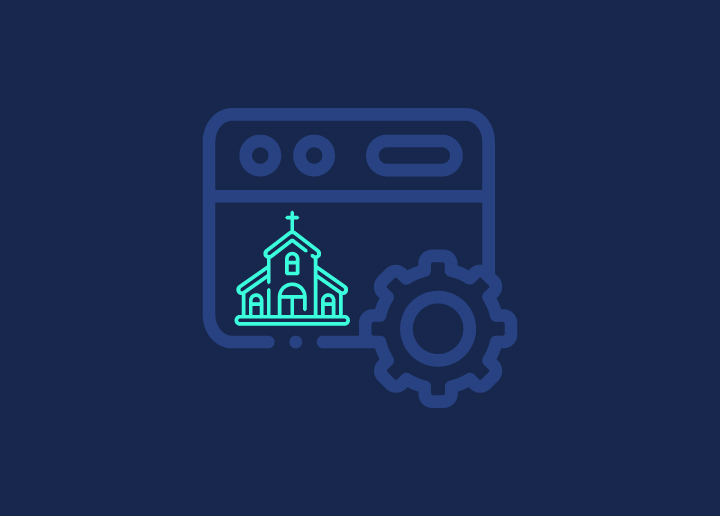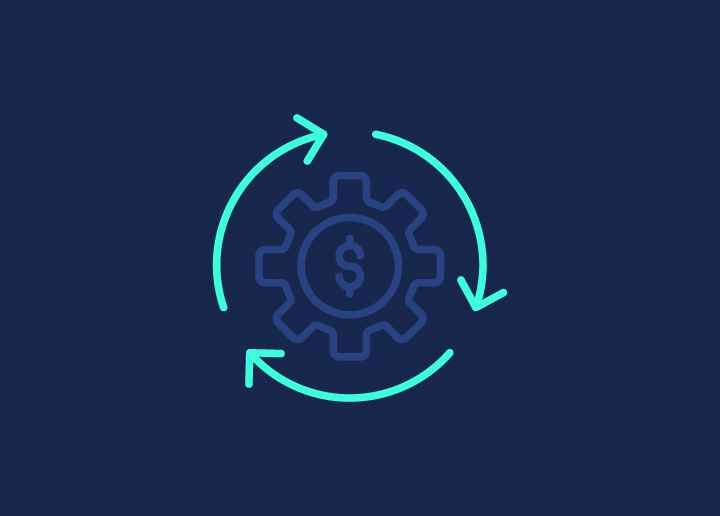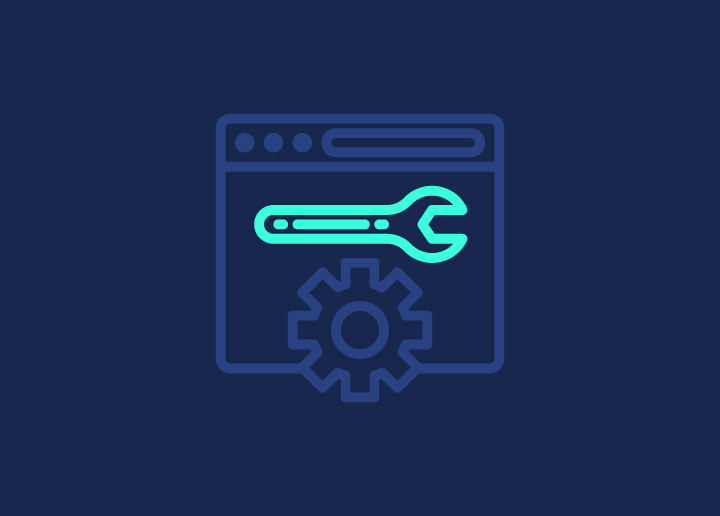A steady stream of income is important for growing a business and attracting new opportunities. Whether you are running an e-commerce site, a website development company, or a digital marketing agency, understanding revenue models for digital agencies is important for your overall functionality and development.
Being dependent on one-time payments and partnership commissions is no longer a viable option for agencies. This is why agencies must adopt strong revenue models that benefit not only their clients but also the agency’s growth.
Digital agencies must experiment with different revenue remodels and see what brings in recurring revenue and helps in sustainable growth. So, today, we aim to explore different types of revenue models, basically, pricing structures that digital agencies can adopt to make their services revenue more effective.
So, let’s get into it:
Contents
ToggleUnderstanding Revenue Models for Digital Agencies

Different agencies work with different revenue models. Each is based on the type of services they offer. These agencies have several revenue models to choose from, each with its pros and cons.
These can be hourly rates, project-based fees, performance-based payments, retainer agreements, commission-based earnings, and hybrid models. Here’s why choosing the right revenue model is key:
- Match Your Agency Needs: The right model depends on your agency’s size, target market, services, and how you operate. Choose wisely, and you’ll increase your profits and long-term success.
- Steady Income with Retainers: Many agencies find retainers most beneficial as they provide a regular income and help build long-term client relationships.
- Results-Driven Earnings: Performance-based models pay agencies based on the results they deliver and align the agency’s goals with the client’s goals, which can lead to more trust and collaboration.
- Flexibility with Hybrid Models: Hybrid models combine different pricing strategies, and agencies can adapt to different client needs and market changes. This can lead to higher client satisfaction and more stable agency operations.
- Regular Reviews for Success: You need to regularly review and adjust your pricing to stay aligned with your business goals and market changes.
Related: How to Boost Your WordPress Membership Site Revenue
Different Revenue Models For Digital Agencies
Let’s study different revenue models for different types of agencies and service offerings below:
Model 1: Custom Quotes + Add Ons
This type of model is typically adopted by agencies that want to offer flexibility and simplified billing to their clients. It is a straight approach wherein you can give tailored custom quotes to the clients based on their project needs.
This is usually an on-time payment that can include everything from WordPress development and web design to project management. Additionally, the client can also add on extra hours or any bundled service based on their project requirements.
Once the project is completed, the agency can bill the client based on the custom quote and any additional services they opted for, which makes for a simple revenue model while meeting clients’ requirements.
⚡ Model targets:
This model targets startups and mid-sized companies that have one-time project needs and can pay one-time fees for all their needs. It is significant for the type of clients who are working with the agency for the first time and want to try custom-made quotes for more flexibility.
Read More: How to Resell WordPress Services Successfully: All You Need to Know
Model 2: Set All-Inclusive Packages + Retainer Plans
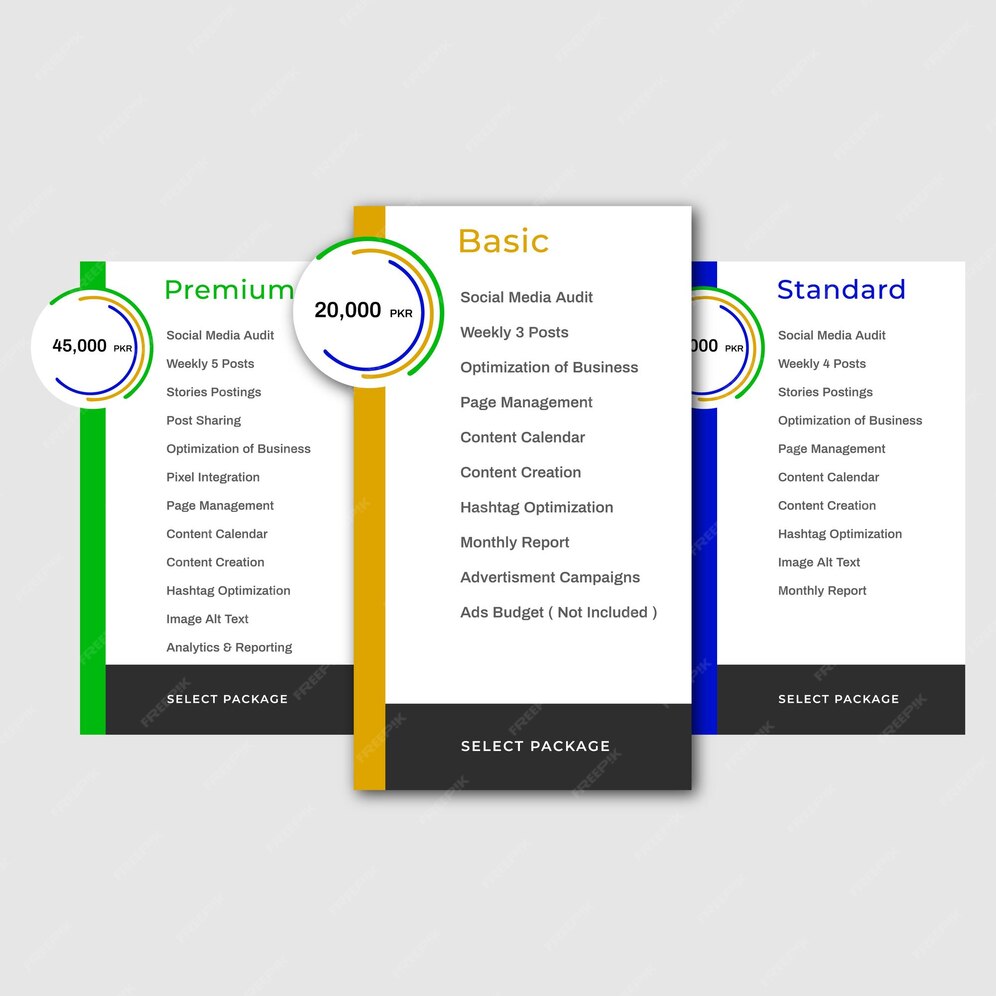
This type of model is fairly popular among web development and digital marketing agencies wherein inclusive packages are set for, say, web development or SEO Foundations plans along with retainer plans for monthly maintenance or managed plans for recurring revenue.
This way, you can get the client to purchase an initial package for development work and opt for a trainer plan/ monthly package for ongoing website maintenance and support for the web development work.
This is a great way to retain a client and provide them with ongoing WordPress support on the initial service they purchased. This retainer plan ensures you have recurring renewals and help clients get monthly care for updates, security checks, management and more.
Model targets:
This type of model is usually suitable for mid-sized companies that are on a constant part of growth and need consistent support. These types of agencies have recurring revenue models as well, like a fitness center, membership sites, subscription based services. These types of clients can also benefit from this model and are perfectly fine with bearing the recurring cost.
Suggested read: How a WordPress Support Agency Can Help Your Business Thrive
Are You Someone Who Is Struggling With WordPress Maintenance?
Reach out to us for WordPress Maintenance and support plans for a stable growth.
Model 3: Set Packages With Points-Based Buy
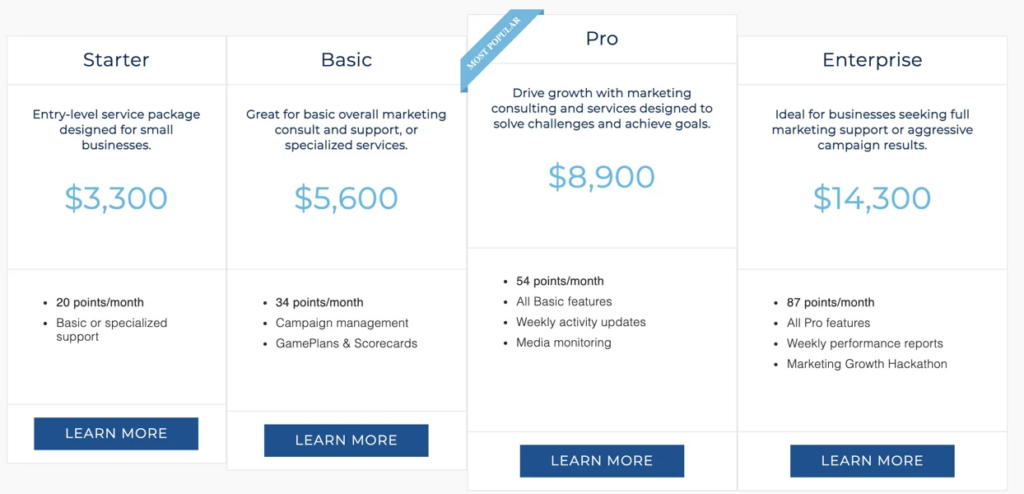
Very similar to the above model, this revenue model for digital agencies begins with a set package for conducting initial development work. The only difference here is that instead of a retainer package to make it more interesting, there is point-based pricing for clients.
This means that under this revenue model, clients need to purchase monthly points from the agency. Then, based on their project requirements, they can use these points to purchase any additional service or recurring service along with their set package.
This approach allows clients to be flexible and buy services based on their monthly expenditure needs. For recurring revenue, agencies need to establish a condition that clients can use these points within a month, and if not used, the points will not be carried over to the next month.
This motivates clients to use the points and purchase any addons if required within that particular month. This strategy allows companies to adjust their marketing efforts to fit fluctuating sales periods, helping them to expand and ensure a consistent revenue flow.
Read More: Benefits of Outsourcing WordPress
⚡ Model targets:
This revenue model is ideal for businesses that offer high-ticket items or services, often costing over $4,000 per lead. It’s perfect for fields like home renovation, high-end landscaping, or luxury construction, where gaining one new customer can offset extensive marketing costs.
Model 4: Single Pricing Plan
This revenue model refers to one simple pricing plan designed to offer a seamless and precise solution for agency clients. This type of revenue model is perfect for agencies looking to steer clear of the hassle of different packers and complicated pricing plans.
This model comes with a one-time single pricing plan, which includes everything from development to ongoing support at a set price. This is especially beneficial for customers looking for transparent pricing who do not want to face any upfront or additional costs with their purchase services.
Read: Outsourcing WordPress Maintenance Tasks to Maximize Efficiency
Everything is clear about what will be included within the plan, with a set payment, which is beneficial for both the agency and clients. Clients seem happy about all their development and digital needs addressed under one plan and allows agency to offer quality services with steady income through this revenue model.
⚡ Model targets:
This model is perfect for small business clients or startups that do not want to be involved in any upfront or additional costs. This can also include sectors like non-profits, coaching, culinary services, etc.
Read: Benefits of White-Label WordPress Development for Agencies
Model 5: All-Inclusive Recuring Packages
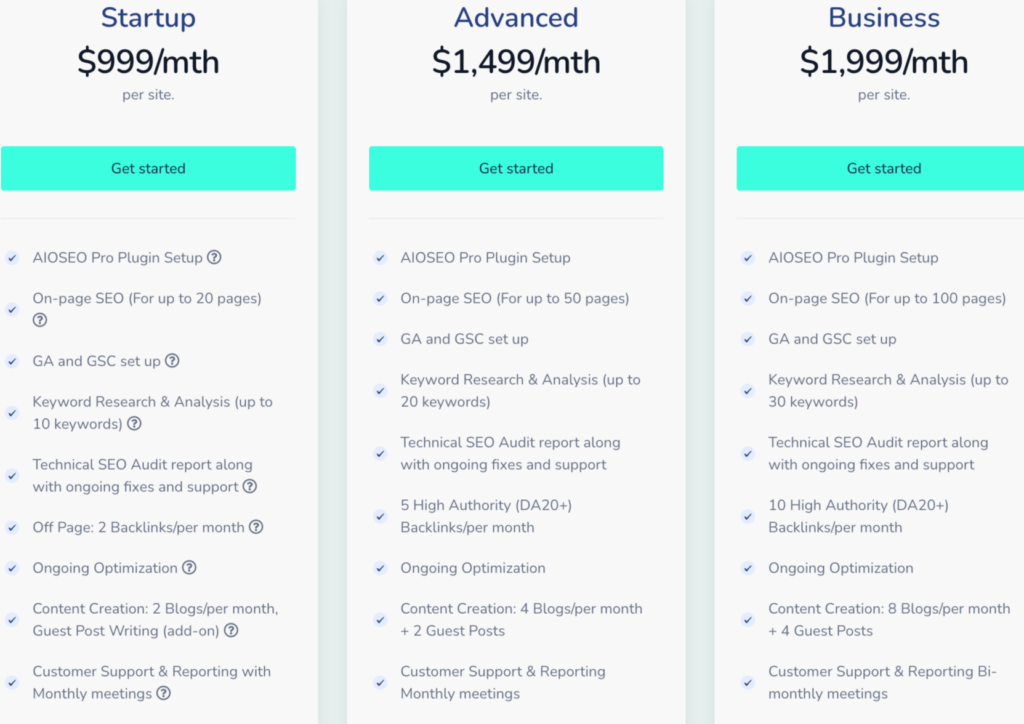
The models of all models, this revenue model is designed to offer big fat all-inclusive services from initial development to maintenance to ongoing SEO and routine support services.
These types of packages are tailored specifically to meet all the requirements of clients and have different types to suit different sizes of businesses. It streamlines and structures all services for clients and agencies as it eliminates the need to purchase multiple packages and addons.
This gives one-all-inclusive, transparent cost, which needs to be paid monthly without worrying about any extra expenses. This type of revenue model is suitable for agencies with strong resources and teams that offer streamlined services/products structured on a monthly basis. It’s like an investment for both the agency and clients, wherein results can be derived based on continuous efforts.
For example, at Seahawk, we have all-inclusive SEO packages, from basic SEO-managed plans to enterprise-level SEO plans, which cover all the SEO work at a transparent price and reoccur every month.
⚡ Model targets:
This type of model is suitable for mid-sized and big companies that are looking to expand and for constant lead flow. These types of clients often need comprehensive digital solutions for a clear path of development.
Further reading: Maintenance Vs Management Vs Support For WordPress Websites
Wrapping Up
As we wrap up our guide to types of revenue models for digital agencies, it’s crystal clear that establishing a revenue model requires research and customization as per your agency’s and target clients’ needs.
These revenue models not only help you generate recurring revenue but also streamline your business operations and offerings. This is a great way to build trust among customers and maintain long-term relationships with them.
However, choosing a revenue model is crucial as it impacts your business model and client relationships. So, pick a revenue model that meets your digital agency’s unique needs, enhances your current operations, and stable revenue for the future.









